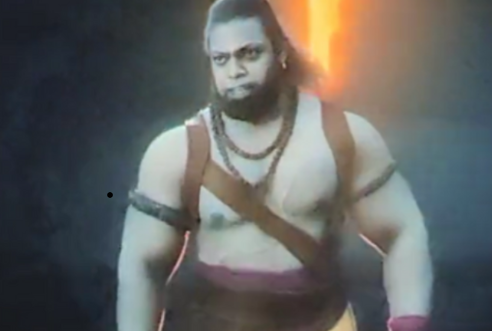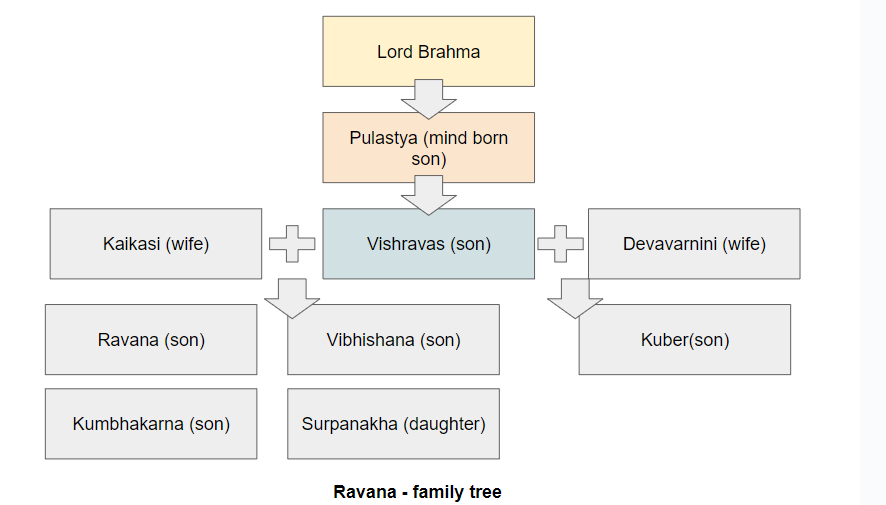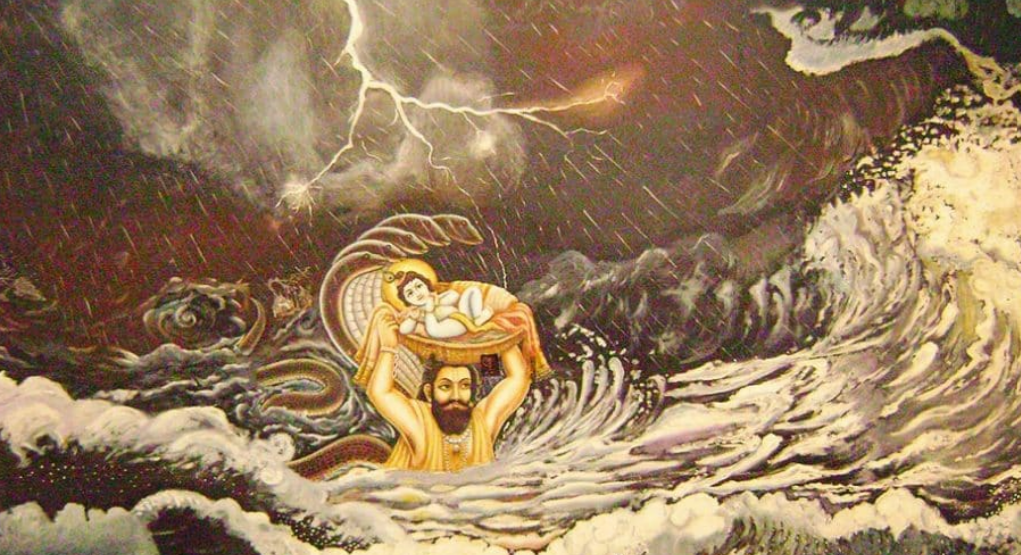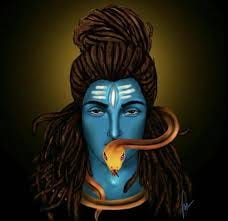As per Hindu mythology, Lord Hanuman is the most popular, loved and worshipped god. He is the epitome of mental and physical strength.
बल, बुद्धि, विद्या देहु मोहि, हरहु कलेश विकार
In the Hanuman Chalisa, we seek strength, wisdom and knowledge from lord Hanuman.
The revered devotee of lord Rama who played a pivotal role in finding Sita. The journey of finding Sita, who was abducted by Ravana was never easy. It was a test of both mental and physical strength. Lord Hanuman embraced the challenge and found Sita.
Today we reflect on certain critical incidents which happened during the flight across the ocean to Lanka. As Lord Hanuman took off from Indian coastline towards Lanka, he recited the name of Lord Rama.
a. Mission comes first -
Filled with hope and determination, Lord Hanuman was speeding up towards Lanka. He found an old mountain figure emerging from the ocean which was Mainak. Mainak was Dasharatha's (Lord Ram's father) friend. He wanted to help Hanuman and offered him to rest. Lord Hanuman was stuck in a dilemma. On one side denying a pure soul i.e. Mainak did not seem correct while on the other side resting would delay the mission of finding Sita.
Lord Hanuman found an interesting way to solve the situation. He lowered his aerial trajectory and touched the Mainak mountains and catapulted with a higher speed towards Lanka. In this way he did not hurt the emotion of Mainak and saved time as well. He understood the feeling of service of Mainak but gave more importance to the mission. But the way with which lord Hanuman kept the balance is extraordinary The below verse of Hanuman Chalisa rightly depicts the intelligence of Lord Hanuman.
विद्यावान गुणी अति चातुर, राम काज करिबे को आतुर
You are Learned, Virtuous and Extremely Intelligent, You are always Eager to do the Works of Sri Rama.
b. Be aware of which battles to fight and which to skip -
Moving ahead, Lord Hanuman found demoness Sursa in the ocean. Sursa was so huge that she blocked the way of Lord Hanuman. She was sent by gods to check Hanuman's strength and intelligence. As these were the secret ingredients of success of the mission. Sursa wanted to eat Lord Hanuman and she challenged him. Lord Hanuman was least interested to fight this battle, as time was precious for him. Lord Hanuman started to enlarge himself. Looking into this Sursa also started to enlarge her mouth to eat Hanuman. Immediately Lord Hanuman reduced to size and went inside Sursa's mouth and came outside. As Sursa had said earlier no one can come out from my mouth alive, Lord Hanuman proved it wrong. Sursa was pretty happy with the intelligence of Lord Hanuman.
This incident teaches another valuable lesson of time management. Time is a limited asset. And we should be aware of what is more important for us. Basis that we should fight or take only those tasks which are really important for our goals.
The life of Lord Hanuman is filled with many such incidents of wisdom and strength. Will talk about some more interesting incidents in the next post. Till the stay tuned.














